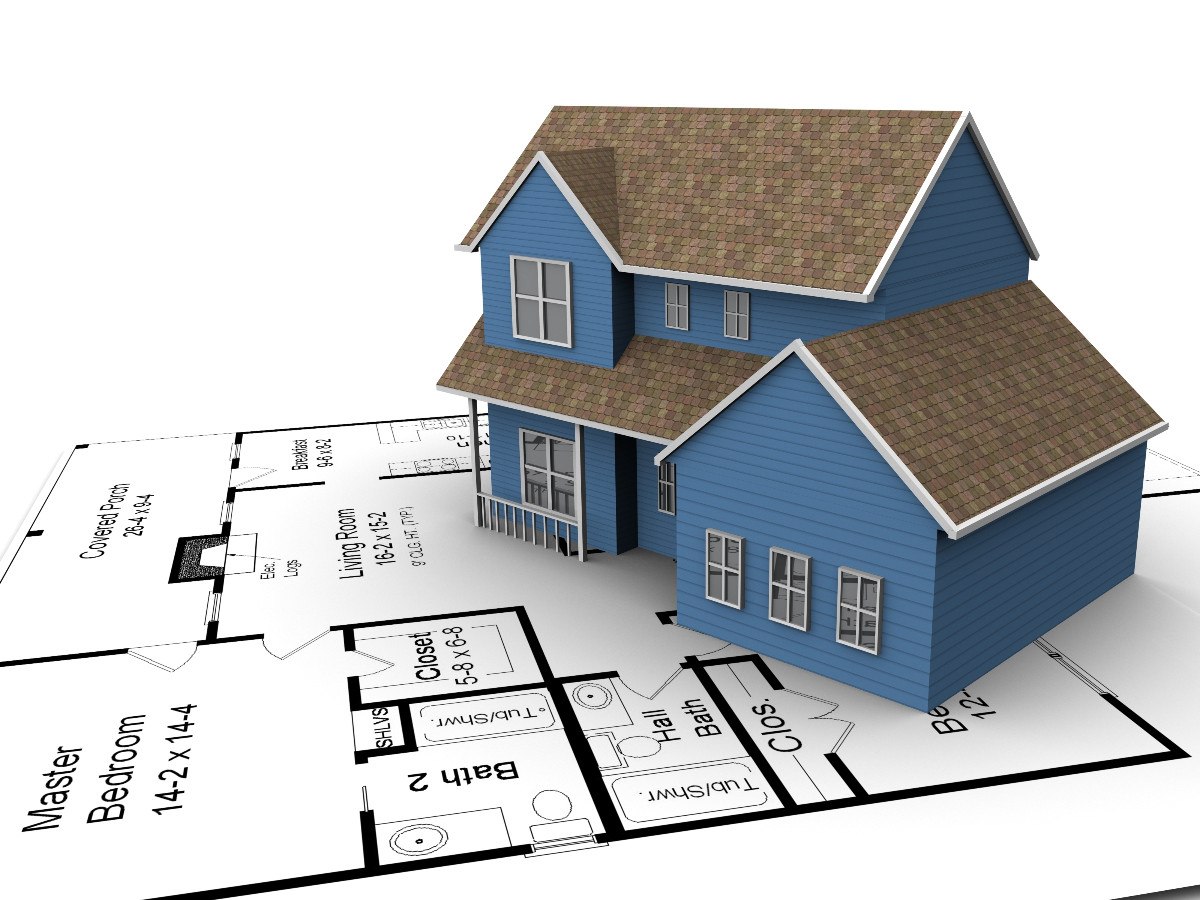6 Bangladesh Real Estate Trends for 2015

The previous few years have been harrowing for the Bangladesh real estate market—both residential and commercial—courtesy of an unpleasant mix of high lending rates, political unrest and a burgeoning urban populace. This climate has triggered fewer construction starts and a drop in developer interest that is estimated by REHAB to be as dramatic as a 75-percent decline. Throughout 2013, the situation remained bleak, but news of a possible government bailout in 2014 to revive the industry triggered hope, though banks and lenders remain holdouts by refusing to extend credit to everyone from developers to consumers. Some industry experts remain convinced that the only direction real estate development can go in 2015 is up–and this optimism is reflected in the following six trends that can help turn around Bangladesh real estate markets at last.
Trend #1: Involvement by more young people in real estate development, sales and personal real estate holdings. Bangladesh is building a new generation of risk-takers and innovators willing to do what it takes to turn things around for themselves, their clients and the nation. In particular, online market search capability, innovative approaches to capitalizing on available resources and creative ways to navigate around government impediments identify the direction being taken by young entrepreneurs who are not shy about relying upon technology and innovation to underpin dealings focused on property in Bangladesh.
Trend #2: More hospitable investment sectors. Because Bangladesh’s real estate and housing markets contribute substantially to the nation’s GDP (12- to 15-percent), the political unrest that has pervaded the industry for the past several years has the potential to be offset by the introduction of foreign direct investment monies that are already showing an impact on the nation’s GDP. Lamudi real estate agents predict that the aforementioned 15-percent could climb as high as 24-percent of Bangladesh’s GDP if foreign investment continues on the upswing—a trend led by U.S., Malaysia, U.K., Saudi Arabia and Singapore investors.
Trend #3: The public is becoming more educated and savvy about all facets of real estate transactions. Research shows that Bangladesh’s standard of living is projected to grow at about 73-percent in 2015, and consumers are using their disposable income to invest in flats, apartments and commercial property. Demand for housing is expected to increase as this educated urban population responds to such changes over which they have control, like more education that translates to better jobs and higher incomes. Emotionally, Bangladeshi up and comers want a home base from which to launch their careers and families and a big piece of that puzzle can only be found in real estate acquisition.
Trend #4: The growth of the Internet—while still not optimal in terms of speed and efficiency in Bangladesh—is making a difference in the way people shop for flats, apartments and commercial property because they no longer have to run around expending energy and time in pursuit of evaluating property for sale. According to the Bangladesh Telecommunication Regulatory Commission, there were 33 million Internet users in the nation in 2013—around 22-percent of the population—but that number is rising dramatically, especially as new technology speeds up connections. In 2014, 72-percent of all home shoppers used the Internet to find a home and 82-percent of real estate professionals used the Internet to do everything from service clients to advertise properties. Record-setting online and mobile marketing efforts are projected to explode into 2016.
Trend #5: Middle class consumers are becoming wealthier and this trend is expected to increase through 2015. As a matter of fact, social scientists and government forecasters expect this trend to stay strong into 2020 as affluence among Bangladeshis grows and land for sale becomes more available to developers and residents. Growing affluence means more purchasing power and real estate is expected to remain at the top of consumer shopping lists, both for personal and investment potential. With increased wealth comes a higher degree of optimism in the future of Bangladesh’s real estate market—particularly over the next five years.
Trend #6: Changes in Government. Until 2015, government interference and bureaucracy have been major reasons the Bangladesh real estate market has faltered, but investors in the know predict changes in foreign ownership laws that could turn the tide in the years ahead. As foreign investment becomes a prime driver of change, the Bangladesh government will be forced to reconsider the way it does business, grants permits, processes contracts and operates in general. The formation of organizations like the Association of Southeast Asian Nations, whose goals include foreign investment, won’t want to do business with a government whose modus operandi has been rife with red tape, collusion and unsavory practices.











